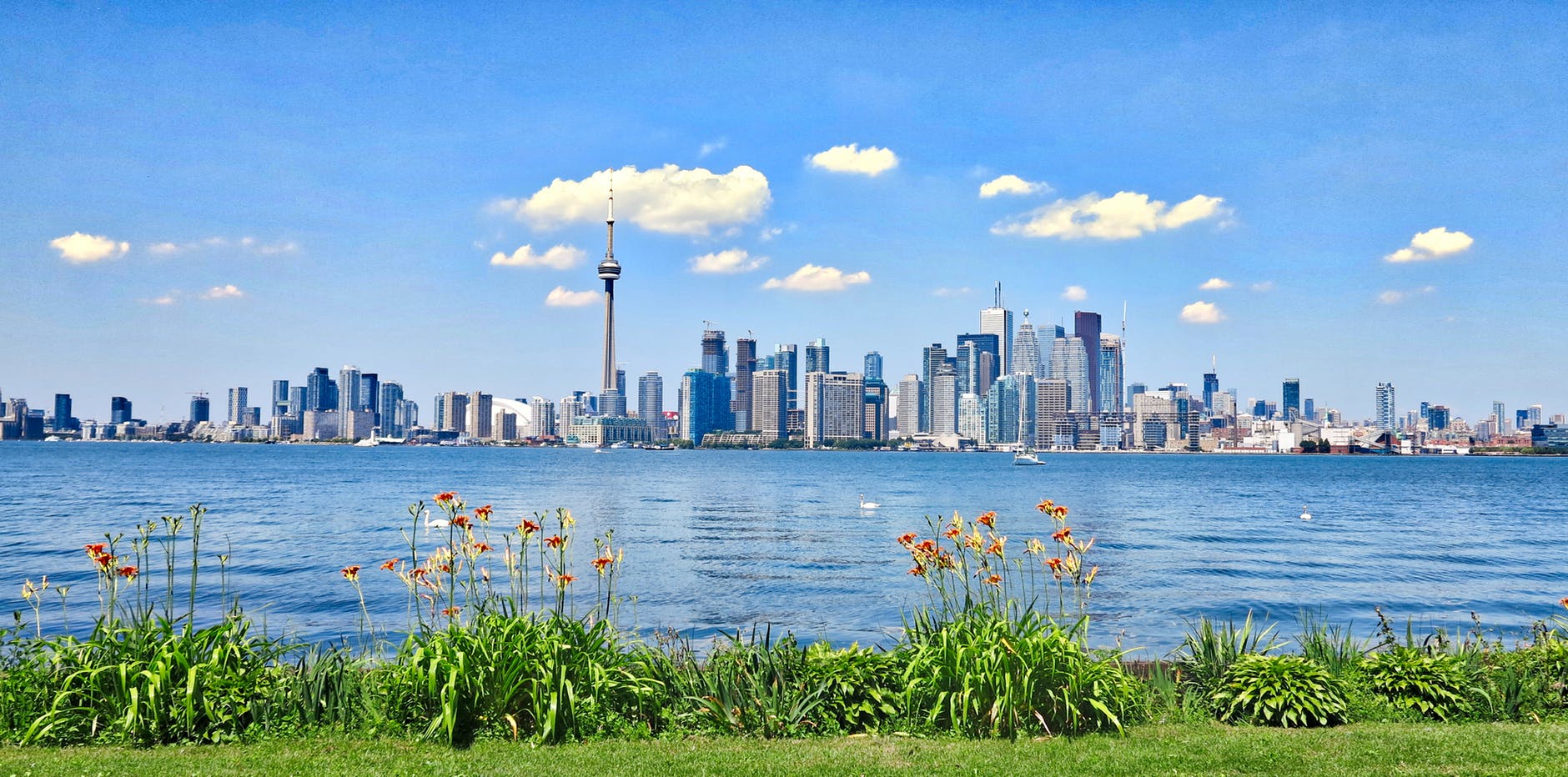How NYC’s Public Sector Is Tackling Innovation
In New York City, the goal to merge innovation with government is apparent on various fronts. This objective has been about a decade in the making, and while we’re only scratching the service of its potential, NYC has made great strides.
For various reasons, the public sector often lags behind when it comes to technology and innovation. While some of such reasons are valid, the tendency can be overcome. Opportunities aplenty lie in wake, especially on a city level where governments have more autonomy.
Partnering with the private sector is the best strategy thus far for bringing innovative solutions to public sector issues. Following are some of the most notable ways NYC’s public sector is bringing innovation into its governing, and what this means for the future of city government.
NYC’s Office of Tech and Innovation
In 2014, New York City’s Mayor’s Office of Tech and Innovation (MOTI) was launched. According to their website, the office “facilitates citywide coordination and collaboration on technology issues, serves as a catalyst for and advises agencies on innovation, and interacts with the wider New York City technology ecosystem.”
The office was started by Mayor De Blasio, who made it his mission to help New York City become the most innovative city in the world. Whether you love or hate De Blasio, this initiative has already made a measurable impact in its creation of tech-driven public initiatives.
The idea, according to the Mayor’s office, is to “expand economic opportunity and reinvent government for the 21st century.” MOTI’s website continues, “We will continue to attract the top talent to New York City, deepen our efforts to grow and foster local talent through education and workforce development programs.”
It should be mentioned that New York City has been leaning into private-public partnerships long before De Blasio. As one example, NYC BigApp competitions have been happening annually since 2009, challenging “developers, designers, and entrepreneurs to create functional, marketable tech tools that help solve pressing civic challenges.”
Innovative Projects
What BigApp has been accomplishing for seven years is similar to what MOTI is currently undertaking in different city departments. The city puts out calls for innovation (CFIs) and accepts proposals from individuals, startups, and companies.
CFIs are “an open solicitation of ideas and proposals that aims to help define the urban challenges facing our city.” There are currently several CFIs: two from the New York City Housing Authority, seeking solutions for electrical and heating issues, one from the NYC Department of Education, seeking data models for public schools, and one seeking ideas to bring broadband internet to all New Yorkers.
Besides from CFIs, MOTI has over a dozen innovative projects underway already. One of these is LinkNYC, “a system of 7,500+ high-tech public communications structures that….will each provide completely free, ultra-high speed encrypted Wi-Fi service (up to 1 Gigabit in speed) out to a radius of 150 feet….[and] provide free domestic phone calls, free emergency 911 calls and non-emergency 311 calls, and free cell phone charging stations.”
Other projects include the Department of Transportation’s Midtown in Motion, a program meant to improve traffic using sensors and data collection; the NYPD’s IdeaScale pilot project, which allows neighborhood residents submit issues they want addressed by their local precincts; and the Department of Education’s Short Cycle Evaluation Challenge, which lets educators pilot new edtech products.
Looking to the future
As we push further into the future, technology is quickly, and inevitably, following suit. We will all be in good shape is the government stays as up-to-date as possible. When innovation is saturated in both the public and private sector, and the two work together to public benefit, the economy and people will thrive as a result. NYC is a great example of this theory in action, and hopefully other cities will follow its example.
